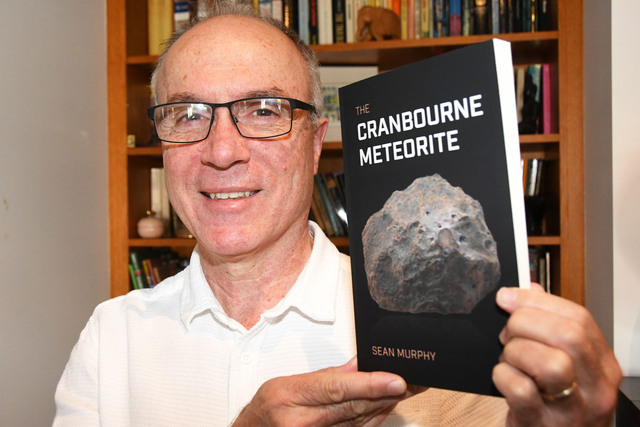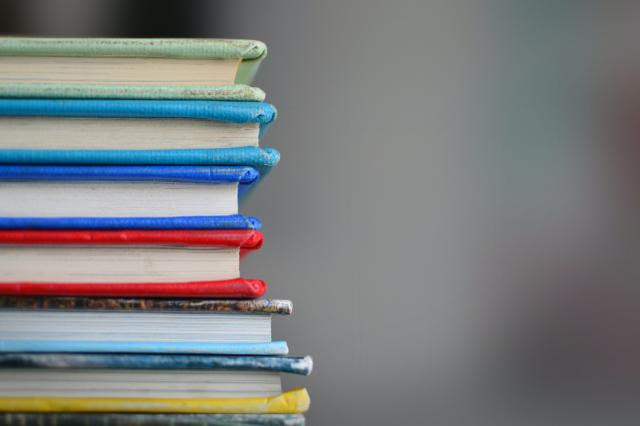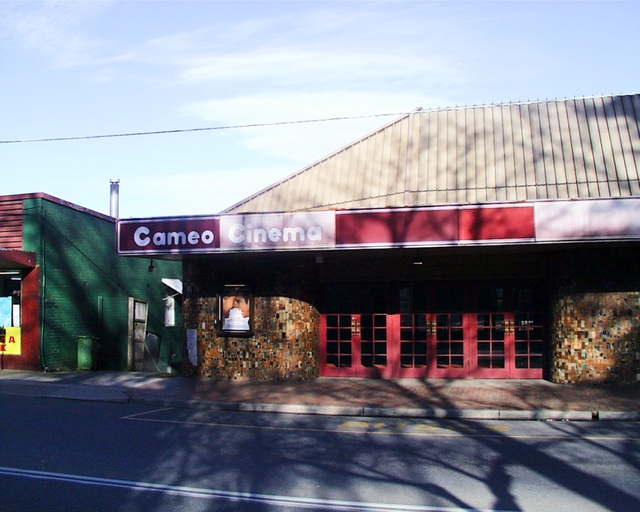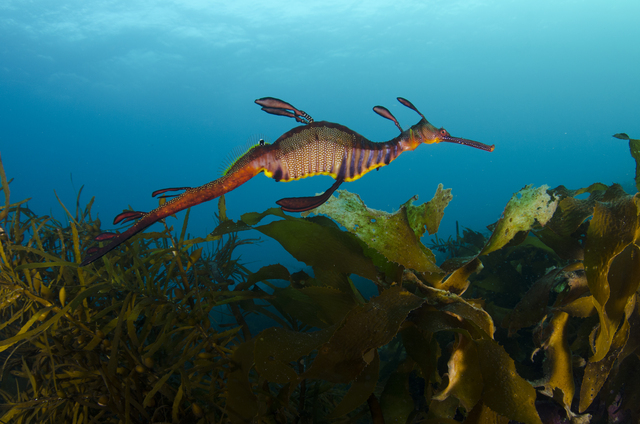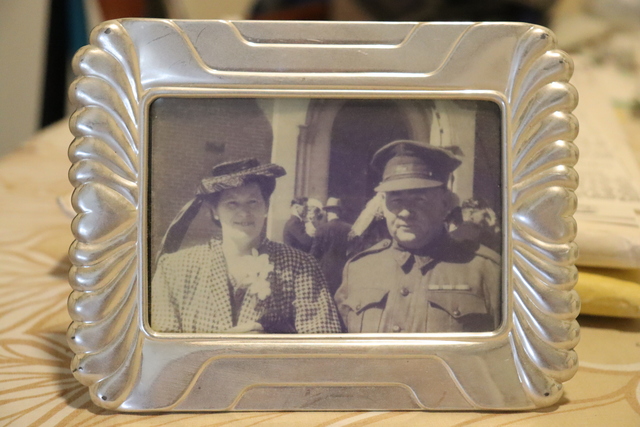A very own historical account that explores a hidden layer of Cranbourne is finally in town.
Author and Berwick resident Sean Murphy’s The Cranbourne Meteorite tells the long-forgotten tug-of-war between local colonial scientists and the British government for the ownership of Cranbourne No.1 fragment in the 1860s.
Cranbourne meteorite has 13 fragments that are strewn across a 20-kilometre corridor from Pakenham in the northeast to Langwarrin in the southwest.
The first big sample was found near Cranbourne and that’s how the name of the meteorite came across.
The 3.5-tonne solid piece of iron, named Cranbourne No.1, is now perching in the Natural History Museum in London, highlighting the doomed finale of the mini-culture war, while a smaller No.2 is being retained here in the Melbourne Museum.
The loss of the large meteorite to the British Museum was complicated, as the book would reveal.
“The book is telling the story of what happened before Cranbourne No.1 was eventually put on a ship and taken to London in 1865. It’s a local event with astronomical fireworks and strong personalities,” Mr Murphy said.
“The leaders of these institutions were deeply invested in attempts to retain or remove Cranbourne No. 1. This arm-wrestle is largely conducted via letters, a very many letters, and in the chambers of learned societies such as the Royal Society of Victoria.
“Part of the book also talks about the fact that it [Cranbourne No.1] was taken over there [London] at the wishes of the owner of the meteorite at the time. It was a relatively legal thing to do.”
Though Mr Murphy believes the main fragment should be returned to Australia, he’s not holding his breath.
“In the book, I tried to find an Aboriginal angle to the meteorite, whether it was revered as a sacred totem. To a certain degree, it was, but only from very limited historical references do we know that.
“And I couldn’t find anything that meant this was a sacred object for the Aboriginal people around the east side of Melbourne, so it doesn’t have that kind of cache to it that makes it a celebrity that we could bring back.
“It’s something of a scientific odyssey more than anything else.”
A Casey resident for more than two decades, Mr Murphy was always looking for a local topic to explore. In 2018, when he stumbled across a podcast episode about a “Cranbourne Meteorite”, he instantly knew that was it. He did some digging around in the State Library and online history databases and formed this neat little story.
“There are a lot of meteorite-related books and things out there. But on this specific topic, I wouldn’t call it a gap in the market, but I was curious that there had no one had ever really written a book for popular consumption,” he said.
“Cranbourne meteorite is known to a lot of people in this area because many years ago, council put up a display on the South Gippsland Highway in Cranbourne, hanging some fragments.
“Cranbourne has, for a time, the largest iron meteorite in the world.”
The Cranbourne Meteorite also explores the stories around other fragments, meteorites in Australia, and fun geology and biology knowledge.
To purchase the book, visit: scholarly.info/book/the-cranbourne-meteorite

